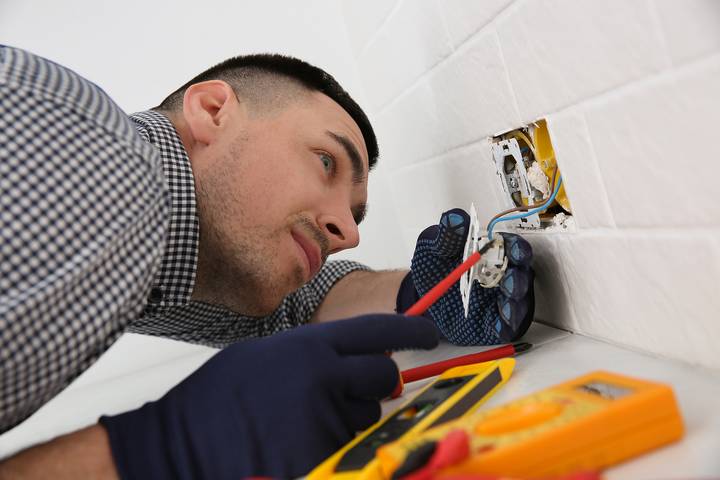Electrical safety surveillance is mandatory and crucial, even when you’ve not experienced any faults or planning to put your property on offer. In the current technology, most households rely primarily on electricity for preserving foods, lighting, cooking, and other crucial life activities.
As beneficial as electricity is, poorly installed wires pose a high risk of electrocution to people in the house. You can successfully check electrical wires in your home for any of the above reasons. The process isn’t as complicated as many say, but you must be sure you’re doing it right. If you lack confidence in yourself, you should engage an electrician for more outstanding results.
Let’s learn how to check electrical wiring in the home:
Why Check Electrical Wiring?
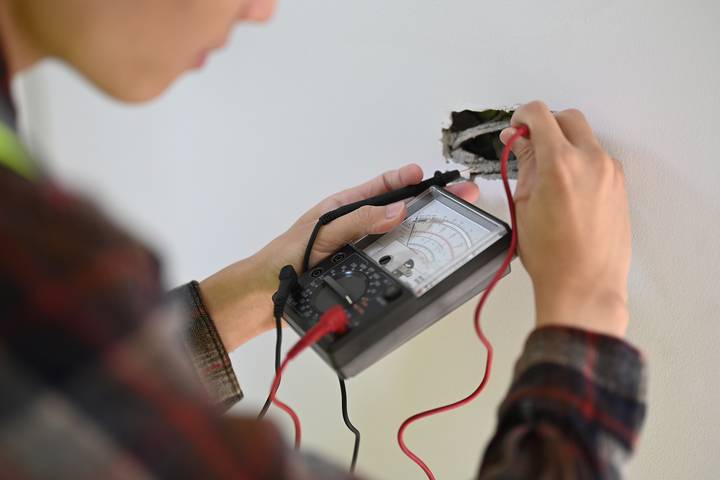
You might wonder why you should worry about locating electrical wires in your home when everything is perfectly fine. There are plenty of benefits to undertaking the action. Firstly, the check-up lets you know which wires are connected to which circuits. This information lets you decide where to install heavy-powered appliances to avoid overloading.
Similarly, knowing where the wires are in the home facilitates quicker repairs and better electrical improvements. Locating electrical wires in your home can help you recognize sources of various electrical issues and attend to them appropriately. Plus, knowing the location of electrical wires in the home helps prevent possible electrical interference and fatal injuries.
Electrical Wiring Tools
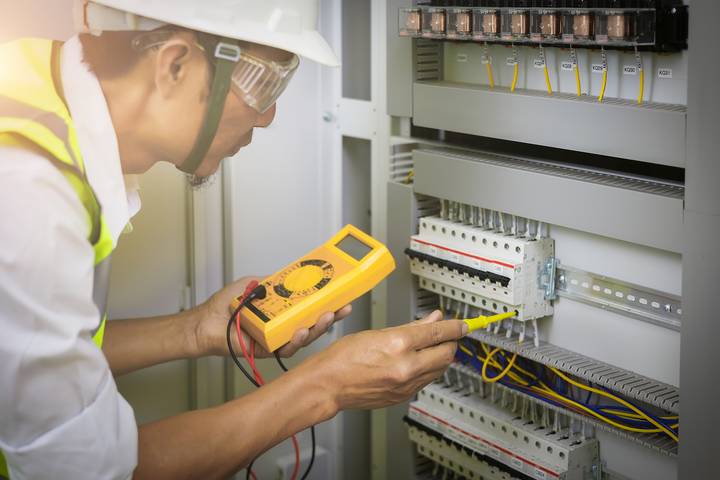
Checking electrical wires in the home involves several tools since you cannot just use your bare eyes and hands. The tools are readily available in various hardware or electrical shops across the town. Alternatively, you can hire tools from different electrical suppliers since the need for checking electrical wires comes up irregularly.
The tools come in different shapes and strengths, as the reasons for checking electrical wires vary from household to household. Examples of electrical wire-checking tools are:
- Stud finders: Magnetic stud finders detect metal nails, while electric ones detect thicker regions within the wall.
- Voltage detectors: Voltage detectors acknowledge whether the found wires are active.
- Scope cameras: Scope cameras are inserted into the wall after perforating a small temporary hole to provide details from within.
Another more manageable and traditional way of checking electrical wires is using your home’s latest blueprint. The plan provides more accurate results for wire locations.
How to Find Electrical Wiring in a Wall
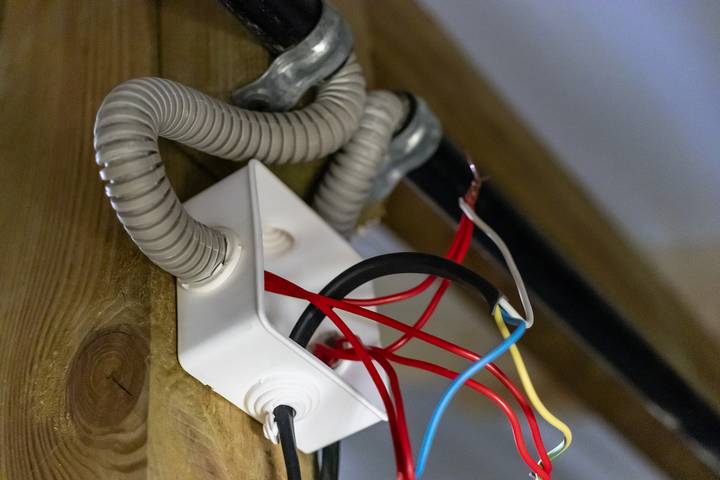
Tracing electrical wires within a wall is relatively easy yet challenging since it involves more than focusing on the actual wires. Thanks to advanced technology, the above tools have saved many households from hiring an electrician. The good thing is that nearly all the above electrical wire-checking tools come with easily-understandable instructions.
Whichever tool or method you choose to check electrical wires in the home, ensure you follow the outline procedure to avoid messing with the installations. You can also quickly check electrical wire connections without the above tools. This alternatively functions when you already know where the wires are in the wall and wish to know which circuit breakers they are connected to.
Evaluating the circuit breakers clarifies that the wires and switches are actively connected. For instance, if you use an electric checker, connect it to a powered socket and light it according to the manufacturer’s guidelines. Connect the wire tracer to any cable from the wall and turn on the transmitter. Proceed to powering the receiver as well as per the outlined settings.
Are Electrical Wires Active?
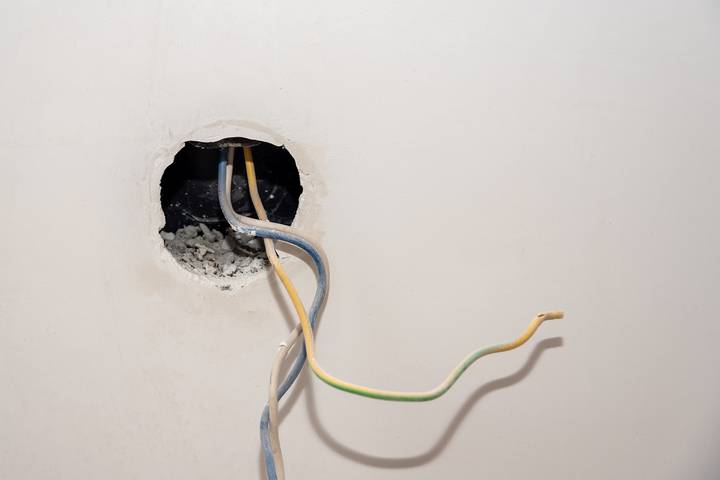
To check for the electrical wires, place the receiver against the wall. Most electrical-wire tracers should hold the gadget flat, with the receiver tip more attached to the wall. Move the receiver tip gently and horizontally (since most wires are installed vertically) across the wall to capture the readings. Electrical wire checkers function through beeping sounds to deliver results.
A long beep signifies the presence of wire around the checker’s location. If you’re aiming to drill or repair the detected wires, mark the area with a pencil for future reference. A scope camera captures details from within the wall that human eyes might not reach. You can use a voltage detector to check whether the wire is active.
Electrical Wire Safety
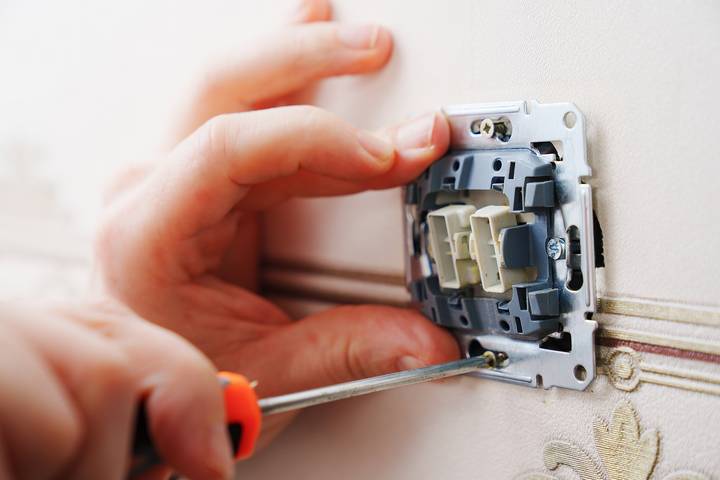
Anything to do with electricity, whether checking wires, installing appliances, or undertaking repairs, calls for top-notch safety measures to prevent electrocution. You can implement several safety measures while checking electrical wires within your home.
Firstly, ensure you shut off the main power supply if you intend to perform any electrical repairs. Secondly, you can hire an experienced electrician to handle the electrical job and consult with your local laws and building codes concerning checking electrical wires in the home before undertaking the task.
Thirdly, ensure you use non-conductive tools if you are not sure if the wires in the walls are live or not. Lastly, wear personal protective equipment for handling electrical wires, tools, and circuits.

